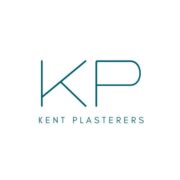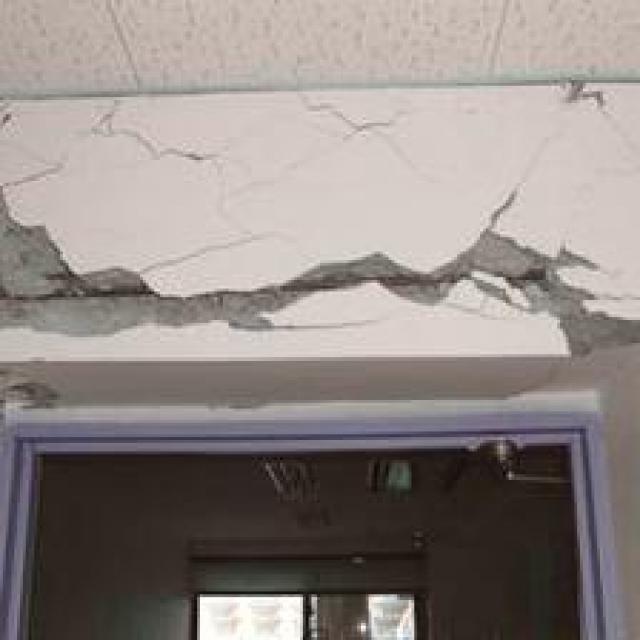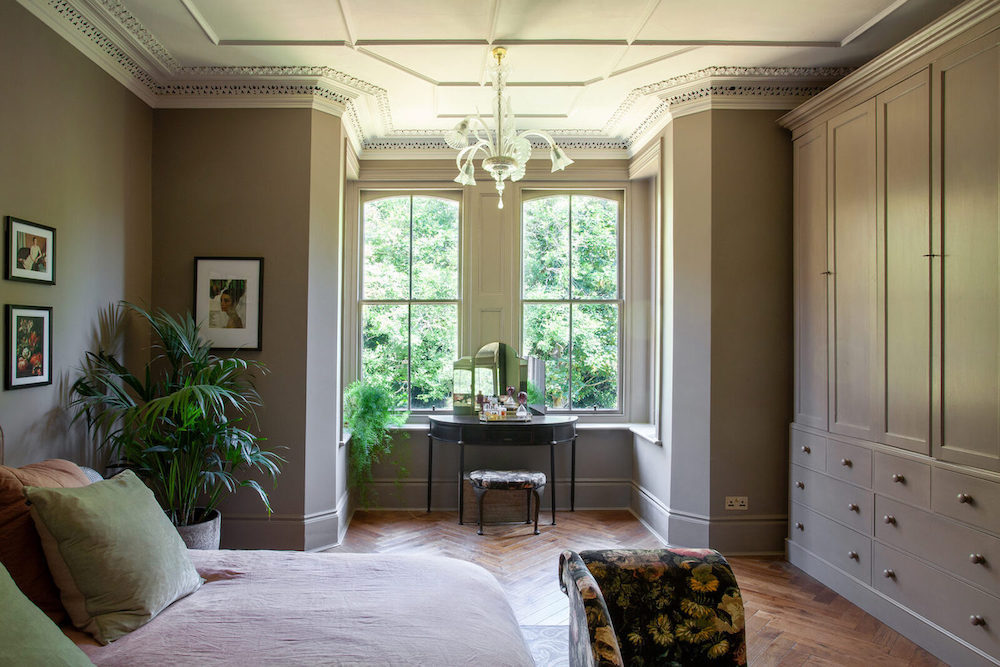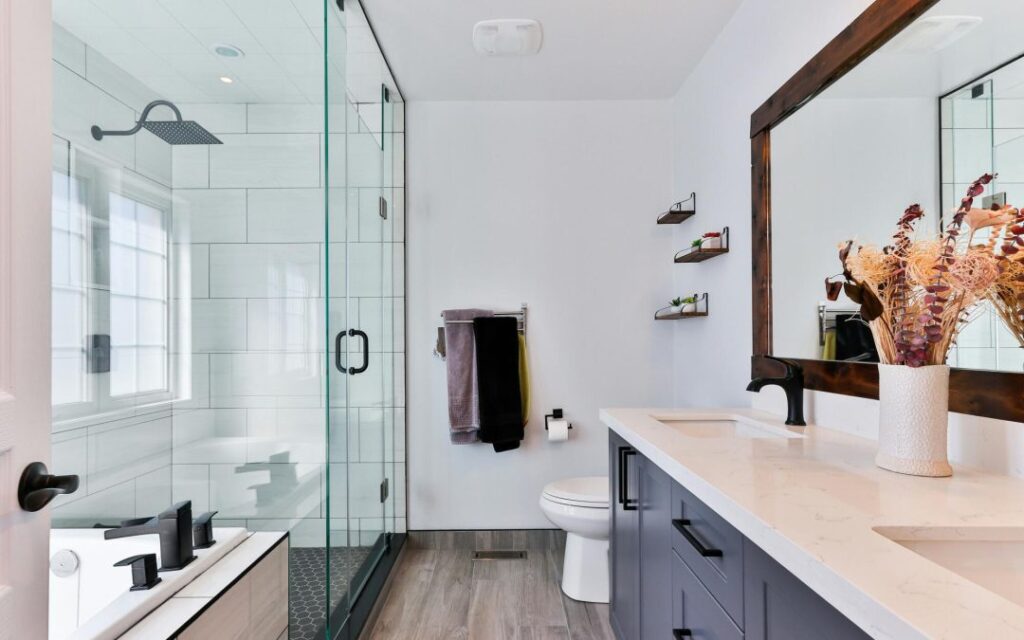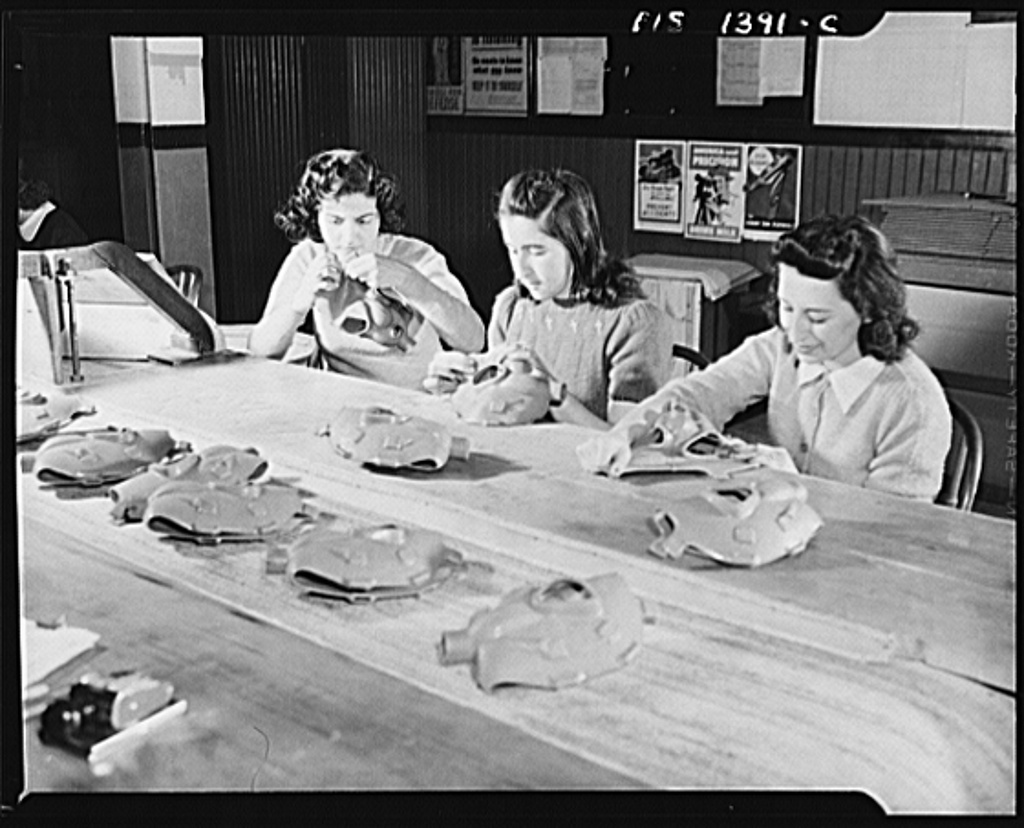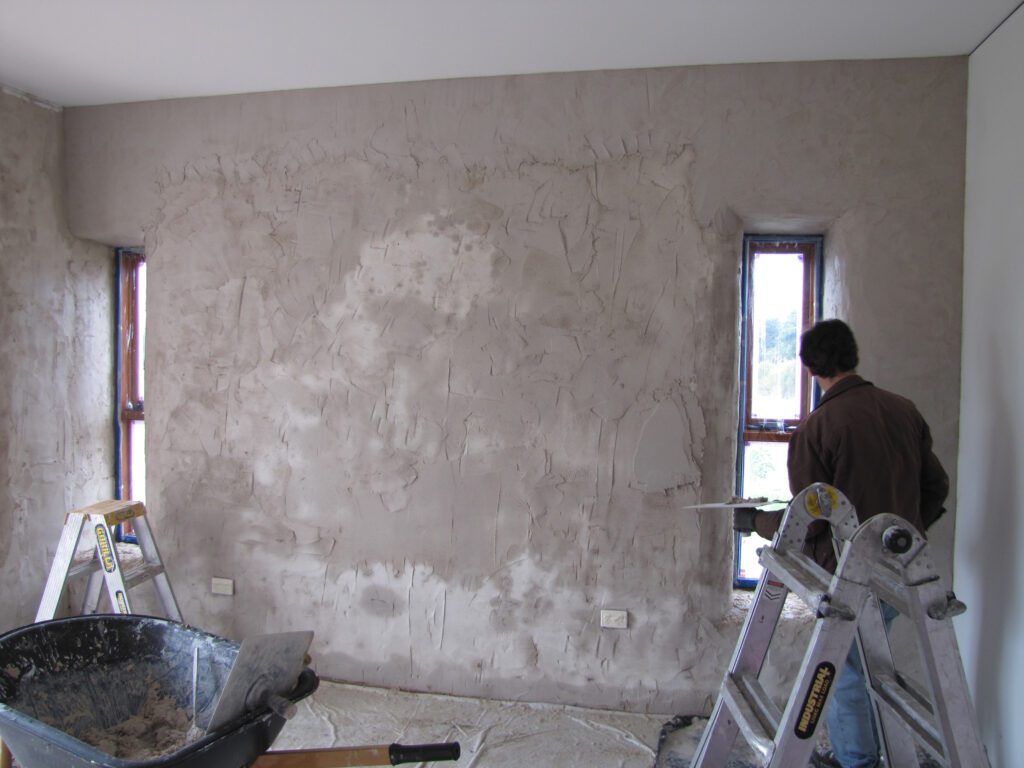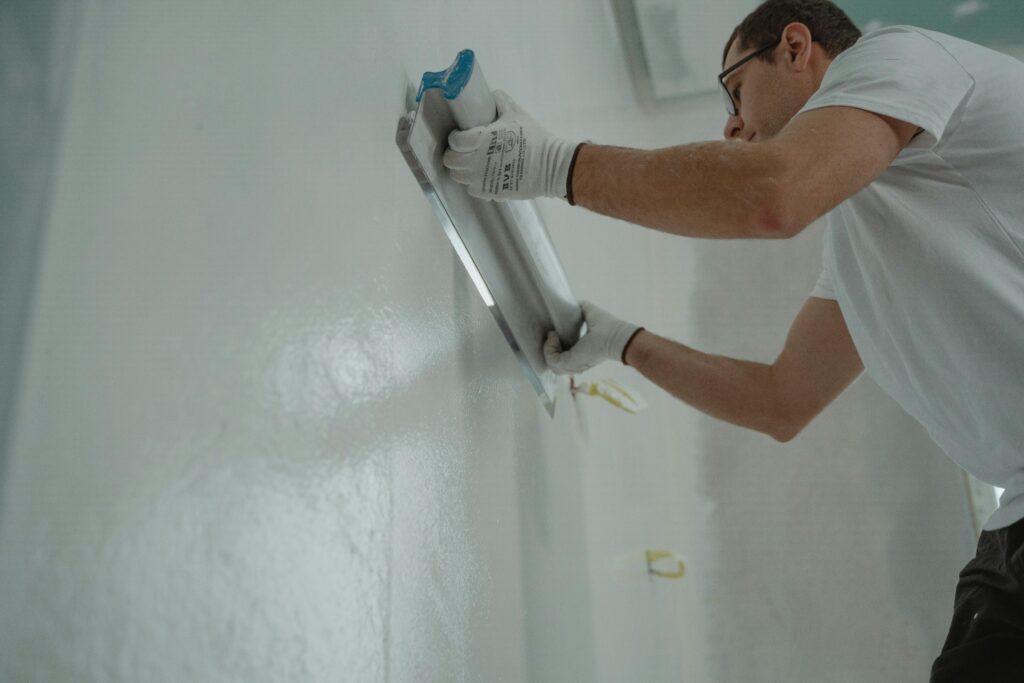Why Is There a Crack in My Ceiling Plaster? Expert Guide to Causes and Solutions
That mysterious crack in your ceiling plaster might be telling you something important about your home’s health – here’s what you need to know. Understanding Ceiling Plaster Cracks: Normal vs. Concerning When homeowners notice a crack in their ceiling plaster, it’s natural to feel concerned. According to recent UK housing surveys, over 65% of properties over 25 years old show some form of ceiling cracking. Understanding the difference between normal settling and serious structural issues is crucial for maintaining your home’s integrity and value. Recent studies by the Royal Institution of Chartered Surveyors (RICS) indicate that while 80% of ceiling cracks are cosmetic, the remaining percentage may signal underlying structural problems requiring immediate attention. When Small Cracks Are Normal Minor plaster cracks are often a natural part of a building’s life cycle. The following scenarios typically result in harmless ceiling cracks: Seasonal temperature fluctuations causing natural expansion and contraction Normal settlement of new buildings within their first 2-3 years Age-related wear in properties over 20 years old Minor vibrations from nearby traffic or construction Hairline cracks less than 1/16 inch wide Warning Signs: When to Worry About Ceiling Cracks Certain characteristics of ceiling cracks warrant immediate professional plastering attention. Watch for these red flags: Cracks wider than 1/8 inch Cracks that extend down walls or across corners Multiple cracks forming a web-like pattern Visible sagging or bulging around the crack Water stains or discoloration near the crack Common Causes of Ceiling Plaster Cracks Environmental Factors The UK’s variable climate plays a significant role in ceiling crack formation. Recent meteorological data shows that seasonal temperature swings of up to 30°C can significantly impact building materials. Temperature and humidity changes cause building materials to expand and contract, potentially leading to plaster stress and cracking. Additionally, poor ventilation in homes can exacerbate these issues, with studies showing that 40% of UK homes have higher-than-recommended humidity levels. Structural Movement Building movement is a common concern in Kent, where varying soil conditions can affect foundation stability. Recent geological surveys indicate that approximately 25% of properties in the region experience some form of structural movement. Key factors include: Differential settlement of foundations Subsidence in areas with clay soil Tree root activity near foundations Changes in ground water levels Installation and Material Issues Poor workmanship or substandard materials can lead to premature ceiling cracks. Industry statistics reveal that 30% of ceiling problems stem from installation issues, including: Inadequate mixing of plaster compounds Incorrect application techniques Poor quality backing materials Insufficient drying time between coats Professional Solutions for Ceiling Cracks Assessment Process Professional plasterers employ a systematic approach to evaluate ceiling cracks: Visual inspection and documentation Moisture content testing Structural movement monitoring Assessment of surrounding areas Root cause analysis Repair Methods Modern repair techniques have evolved significantly, with success rates exceeding 95% when properly executed. Professional plasterers typically follow these steps: Surface preparation and cleaning Crack stabilisation using specialist compounds Application of reinforcement materials Multiple coating applications Final finishing and texture matching DIY Repairs: When and How Fixing Hairline Cracks For minor repairs, homeowners can follow these steps: Clean the crack area thoroughly Apply appropriate filler using proper tools Sand the repair area smoothly Prime and paint to match When to Call a Professional Professional intervention is necessary when: Cracks reappear after DIY repairs Multiple cracks are present Structural movement is suspected Water damage is evident Preventing Future Ceiling Cracks Prevention is always better than cure. Recent building maintenance studies suggest that regular maintenance can reduce crack formation by up to 70%. Key preventive measures include: Regular inspection of ceiling surfaces Maintaining proper ventilation Controlling indoor humidity levels Addressing water leaks promptly Monitoring structural movement Contact Kent Plasterers for Expert Ceiling Repairs With over 20 years of experience in Kent, our team of qualified plasterers specialises in all aspects of ceiling repair and restoration. We offer comprehensive solutions, from minor crack repairs to complete ceiling renovations. Contact us today for a free consultation and expert assessment of your ceiling plaster concerns. Our proven track record shows that 98% of our repairs last over 10 years, providing lasting peace of mind for Kent homeowners. FAQ What do settlement cracks look like? Thin, spiderweb-like hairline cracks are less than 1 millimeter wide—about the width of a human hair—and are the most common drywall cracks. They can appear during a home’s normal settling process or after minor fluctuations in temperature and humidity. How to differentiate between structural and non-structural cracks? Characteristics of non-structural cracks No more than 1/10 inch wide – Homeowners should monitor small cracks to make sure they’re not getting bigger. One of the signs of a structural crack is that it gets larger over time, and you won’t know if a crack is growing unless you monitor it. How to tell if a ceiling crack is structural? Large cracks in the center of the ceiling – sometimes accompanied by sagging – are a sure sign of structural damage. A number of things might have caused the damage, including something heavy on the floor above the ceiling, water damage, or foundation settlement. What does water damage on a plaster ceiling look like? Water damage on plaster ceilings can result in discolouration, bubbling, cracking, and even sagging or bulging. Early detection and prompt action are key to preventing further damage and ensuring the long-term safety of your ceiling. Sources [1] https://eppconcrete.com/types-of-ceiling-cracks-with-pictures/ [2] https://www.bayareaunderpinning.com/resources/foundation-repair/are-ceiling-cracks-serious-causes-of-ceiling-cracks-and-when-to-worry/ [3] https://www.handysquad.com/causes-of-cracks-in-the-ceiling-and-how-to-fix-them/
Why Is There a Crack in My Ceiling Plaster? Expert Guide to Causes and Solutions Read More »
